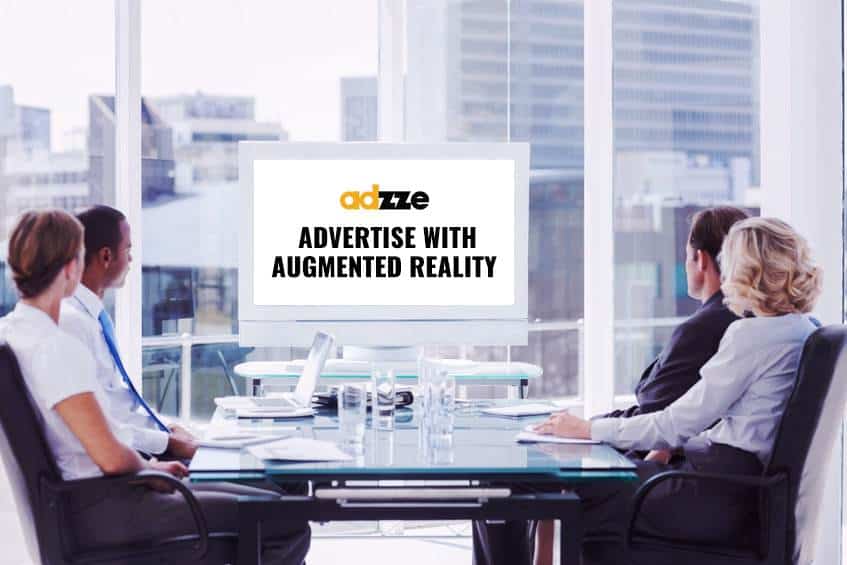
Billboard Pricing: Re-Calculating the Costs after COVID-19
Billboard pricing – You can place your brand on billboards and make them alive with Augmented Reality!

Billboard pricing – You can place your brand on billboards and make them alive with Augmented Reality!

